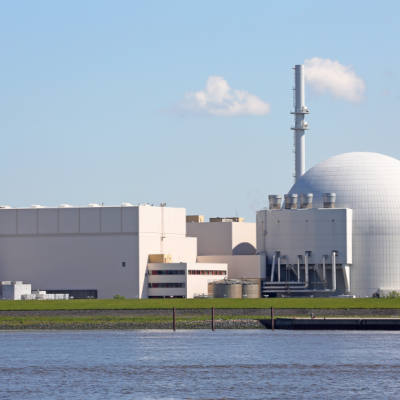In a groundbreaking development, scientists at the University of California in Berkeley have created a photovoltaic window that not only changes color but also generates electricity in its dark state. The window, made with a caesium-perovskite layer, could potentially allow office buildings to generate their own energy. While windows that darken with the use of small electrical voltage have been around for some time, this new development adds the ability to generate electricity in the dark. The researchers believe that these windows could be used in the future for highly energy-efficient building glazing, as well as for car windows and electric billboards.
To create the prototype, the scientists connected a 200-nanometer-thick caesium-perovskite layer to a transparent glass carrier. One side of the glass carrier was shielded from air and moisture with tin oxide and indium tin oxide. The solar window allowed around 80% of visible light to pass through at room temperature. When heated, the window turned orange-red and functioned as a solar cell, with an efficiency of around 7%. The perovskite crystal structure formed during the heating process, causing two-thirds of the light to be blocked and the window to become photovoltaic. When the window returned to room temperature and was exposed to moisture, the perovskite layer reverted to its original state, and the window became clear again.
While the prototype proves that electrically switchable windows can generate electricity, the scientists still need to lower the temperature required for the phase change and find a way to stabilize the perovskite layers for longer use. Further experiments will aim to find a combination of perovskite materials that are stable and have an even better efficiency in electricity production. This development could revolutionize the way we think about energy-efficient buildings and renewable energy sources.










